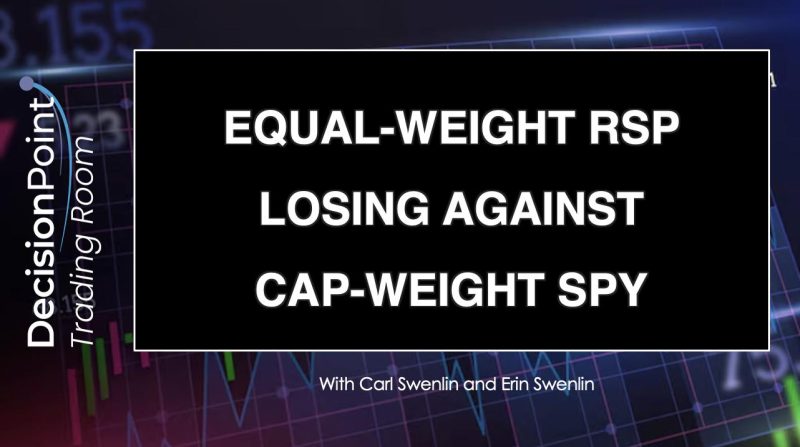In the world of financial markets, debates over the merits of various investment strategies are constant and varied. One such debate centers around the use of equal-weighted versus cap-weighted strategies in trading rooms. This article will explore the differences between these two approaches and delve into the reasons why equal-weighted strategies may be losing against cap-weighted strategies in the SPY market.
Cap-weighted and equal-weighted strategies represent two distinct philosophies when it comes to constructing and managing investment portfolios. Cap-weighted indexes, such as the S&P 500, allocate more weight to larger companies based on their market capitalization. This means that companies with higher market caps have a greater impact on the index performance.
On the other hand, equal-weighted indexes assign the same weight to each constituent regardless of their size. This approach aims to provide equal exposure to all stocks in the index and can lead to higher allocations to smaller companies that may have more room for growth.
Despite the theoretical advantages of equal-weighted strategies, recent trends in the SPY market indicate that cap-weighted strategies have been outperforming their equal-weighted counterparts. Several factors could explain this phenomenon.
Firstly, the dominance of a few large-cap stocks in the SPY market, such as tech giants like Apple and Microsoft, means that cap-weighted strategies benefit from the outsize performance of these companies. As these stocks continue to soar, cap-weighted indexes naturally benefit from their substantial weight in the index.
Additionally, market dynamics and investor behavior can play a role in the underperformance of equal-weighted strategies. During periods of market volatility or economic uncertainty, investors tend to flock to large-cap, blue-chip stocks for safety, leading to the outperformance of cap-weighted indexes.
Moreover, the rise of passive investing and exchange-traded funds (ETFs) has further bolstered the performance of cap-weighted strategies. Many popular ETFs track cap-weighted indexes like the S&P 500, resulting in increased demand for the largest companies in the index and driving their prices higher.
In conclusion, while equal-weighted strategies offer diversification benefits and exposure to smaller companies with growth potential, cap-weighted strategies have been gaining the upper hand in the SPY market due to the dominance of a few large-cap stocks, market dynamics, and the rise of passive investing. Investors should carefully consider their investment objectives and risk tolerance when choosing between these two approaches in trading rooms.
